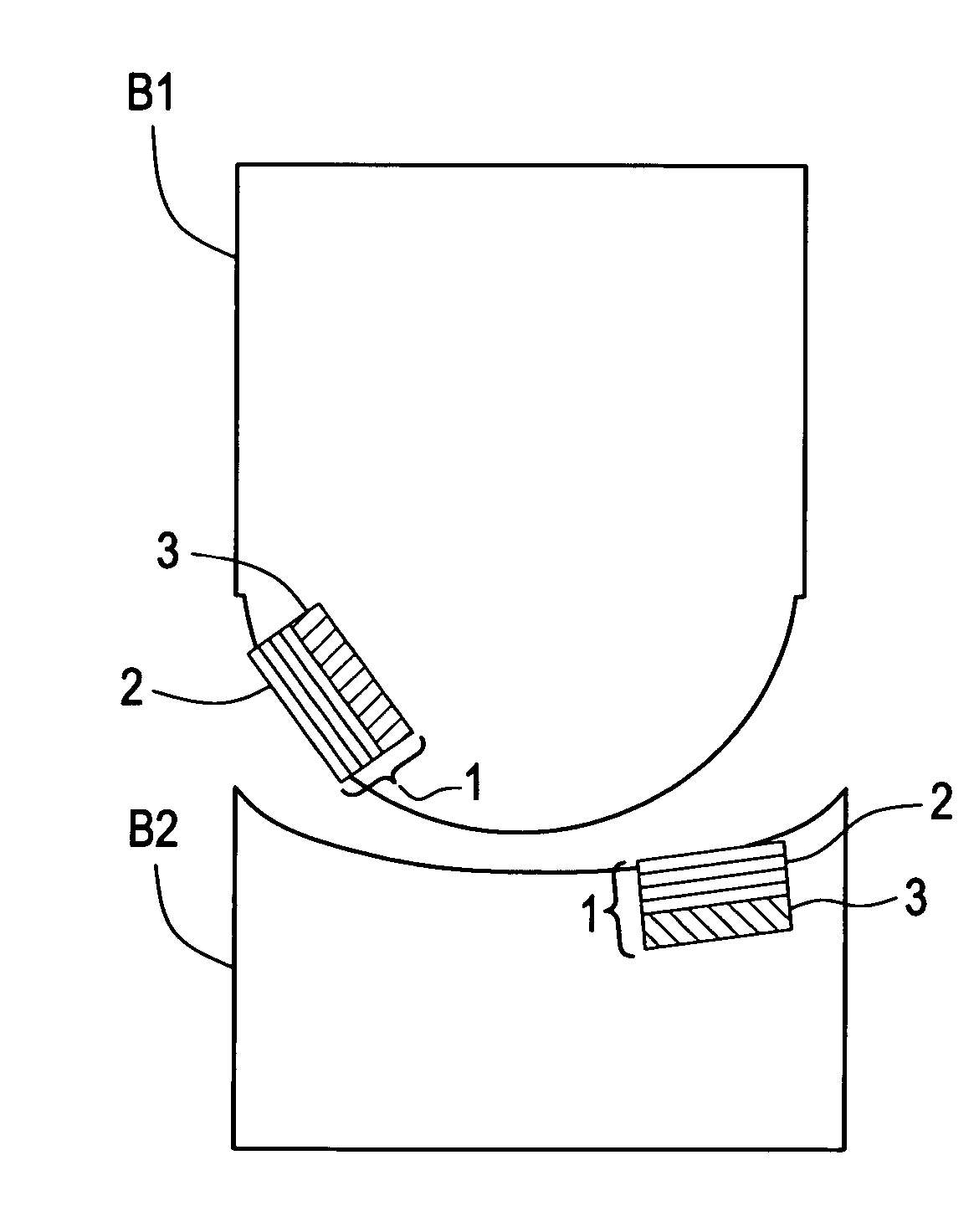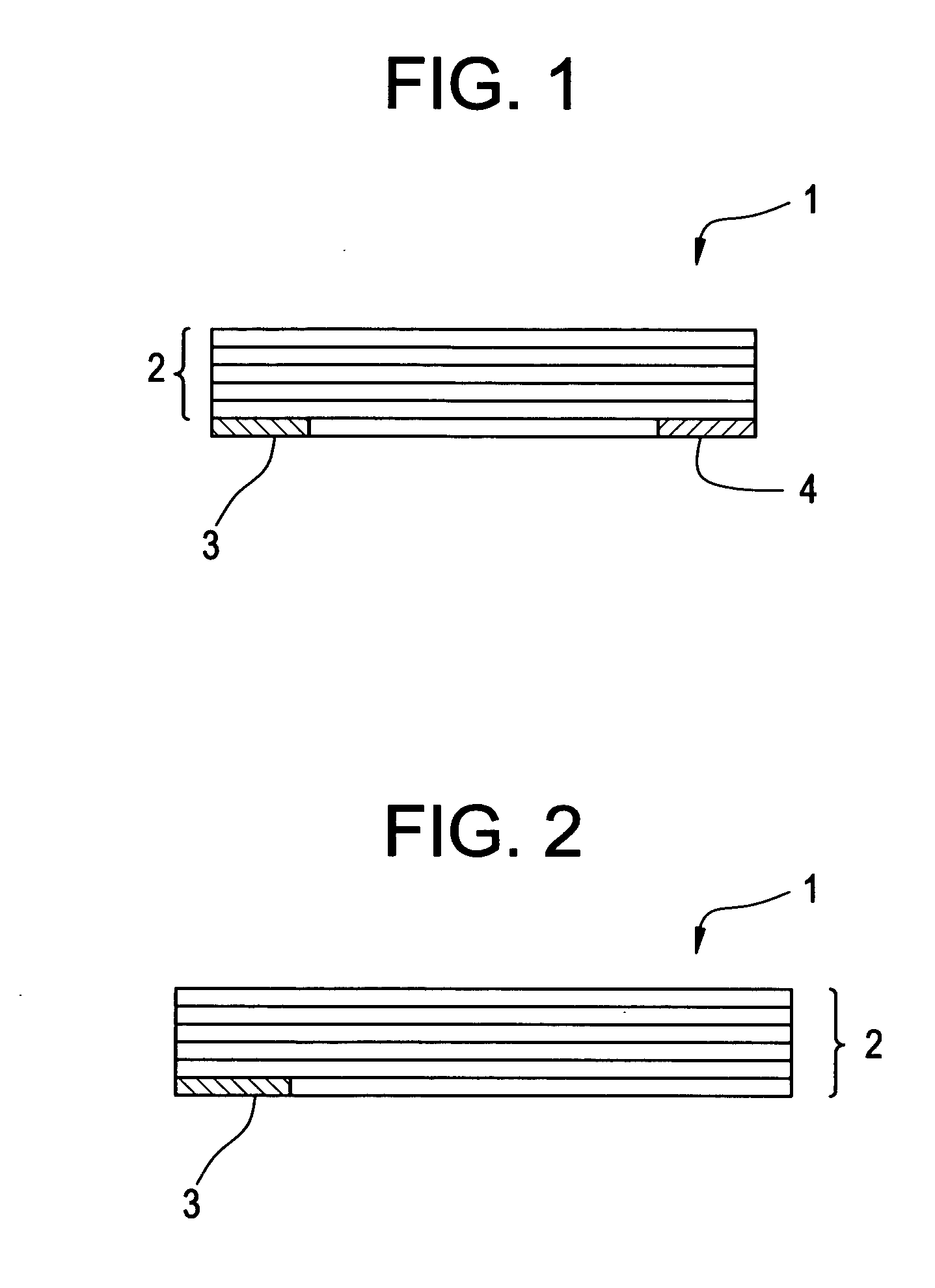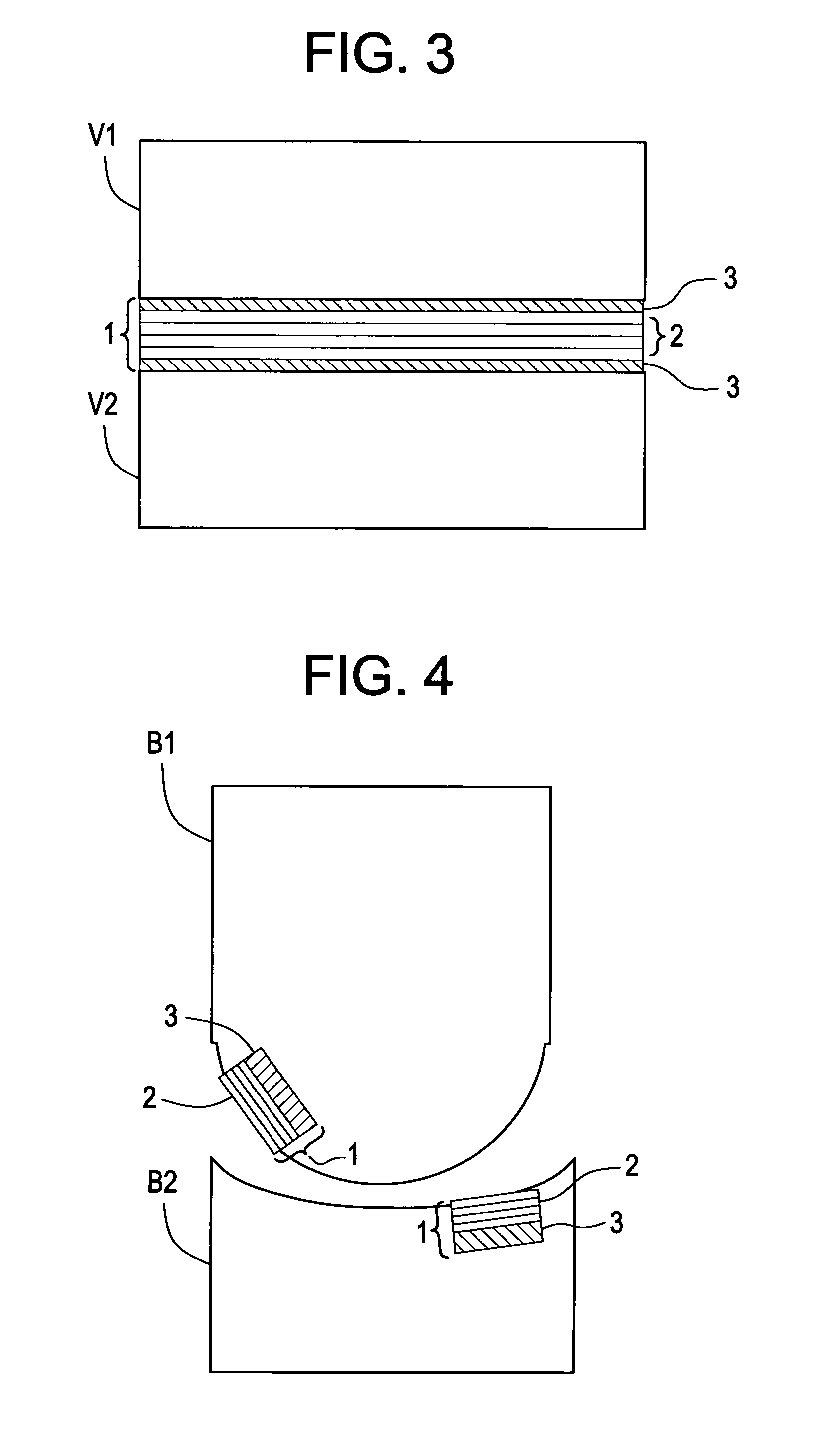Soft tissue implants with improved interfaces
a soft tissue implant and interface technology, applied in the field of improving the interface of soft tissue implants, can solve the problems of limited bone formation potential and little attention to specific requirements of sis, and achieve the effects of facilitating adhesion and site-specific tissue formation, facilitating dual functions, and facilitating adhesion
- Summary
- Abstract
- Description
- Claims
- Application Information
AI Technical Summary
Benefits of technology
Problems solved by technology
Method used
Image
Examples
Embodiment Construction
[0018] While most tissue engineering initiatives and strategies focus on methods and materials that can regenerate or remodel a single tissue (e.g., bone, cartilage, nucleus pulposus, annulus fibrosus, ligament, tendon) a large portion of the clinical reality addresses defects at the interface of two tissues. Surgical interventions that treat musculoskeletal impairments frequently reconstruct the interface between two musculosketal tissues (bone, cartilage, tendon, ligament, and muscle). For example, repair of the rotator cuff muscles entails the re-approximation of the tendinous part of one or more of the muscles into the bone, reconstruction of spinal ligaments, such as the anterior longitudinal ligament requires reattachment of the tips of the ligament into the bone, and several other examples are readily available from clinical practice. Table 1 below provides a quick summary of the basic concepts:
TABLE 1AnatomicalInterface TypeExampleSelected Clinical ExampleTendon-BoneTendon...
PUM
| Property | Measurement | Unit |
|---|---|---|
| Composition | aaaaa | aaaaa |
| Elastomeric | aaaaa | aaaaa |
| Biocompatibility | aaaaa | aaaaa |
Abstract
Description
Claims
Application Information
 Login to View More
Login to View More - R&D
- Intellectual Property
- Life Sciences
- Materials
- Tech Scout
- Unparalleled Data Quality
- Higher Quality Content
- 60% Fewer Hallucinations
Browse by: Latest US Patents, China's latest patents, Technical Efficacy Thesaurus, Application Domain, Technology Topic, Popular Technical Reports.
© 2025 PatSnap. All rights reserved.Legal|Privacy policy|Modern Slavery Act Transparency Statement|Sitemap|About US| Contact US: help@patsnap.com



